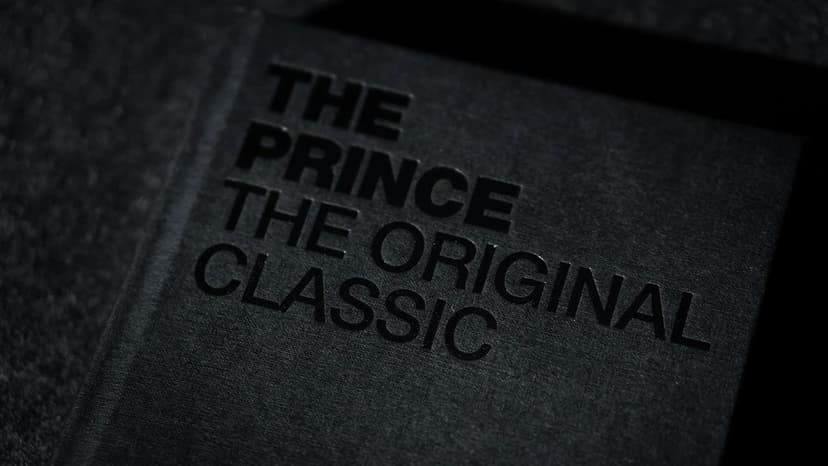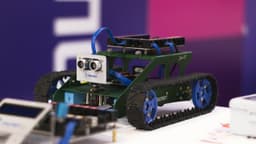Bootstrap and React: A Perfect Synergy for Modern Web Development
When it comes to modern web development, two names often come to mind: Bootstrap and React. Bootstrap is a powerhouse for front-end frameworks, providing a rich set of pre-designed components and utility classes that make building responsive websites a breeze. React, on the other hand, is a JavaScript library specifically designed for building user interfaces. When combined, they create a seamless and efficient development experience that is hard to match.
Bootstrap: The Foundation of Modern Web Design
Bootstrap, an open-source framework originally developed by Twitter, aims to simplify website development. It provides a consistent design language and a suite of pre-built components like buttons, forms, and navigation bars.
Key Features
- Responsive Design: Bootstrap's grid system is its crown jewel. It's based on a 12-column layout, which makes building responsive designs straightforward.
- Pre-designed Components: From carousels to modals, Bootstrap offers a wide range of UI components that can be easily customized.
- Utility Classes: These are predefined CSS classes that you can use to control the spacing, typography, and alignment of your elements without writing additional CSS.
To get started with Bootstrap, you can include it in your project via a CDN:
Html
Or, you can install it via npm:
Bash
React: The Future of Front-End Engineering
React, maintained by Facebook, offers a declarative and component-based approach to building user interfaces. It has become the library of choice for many developers looking to create interactive and dynamic web applications.
Key Features
- Component-Based Architecture: React encourages you to build your UI using isolated, reusable components.
- Virtual DOM: React uses a virtual representation of the DOM to optimize rendering performance.
- Declarative Syntax: Instead of managing the DOM manually, React allows you to describe what your UI should look like, and it updates the DOM accordingly.
To get started with React:
Bash
This command creates a new React project and starts the development server.
Combining Bootstrap with React
While both Bootstrap and React are powerful on their own, using them together can enhance your web development process. Here’s how you can integrate Bootstrap into a React project.
Step 1: Install Bootstrap
First, you'll need to install Bootstrap via npm:
Bash
Step 2: Import Bootstrap in Your Project
You can import Bootstrap's CSS in the index.js or App.js file of your React project:
Javascript
Step 3: Use Bootstrap Components
Once Bootstrap is imported, you can start using its components. Let's create a simple form using Bootstrap classes:
Jsx
In this example, we leverage Bootstrap's grid system, form groups, buttons, and text classes to create a simple yet elegant form.
Advanced Integration with React-Bootstrap
While the above method works, there’s another way to integrate Bootstrap with React: React-Bootstrap. This library provides Bootstrap components as React components. It removes the need to use class names for styling, allowing for a more React-idiomatic approach.
Install React-Bootstrap:
Bash
Let's rewrite the form using React-Bootstrap:
Jsx
Here, we import components directly from React-Bootstrap and use them in our JSX. This makes the code much cleaner and easier to manage.
Additional Resources
By harnessing the power of Bootstrap and React, you can build web applications that are not only visually appealing but also highly interactive and user-friendly. This synergy allows developers to efficiently create responsive and dynamic web applications, combining the strengths of both worlds.












